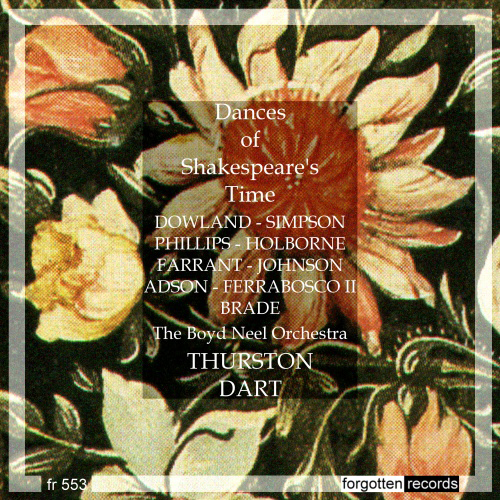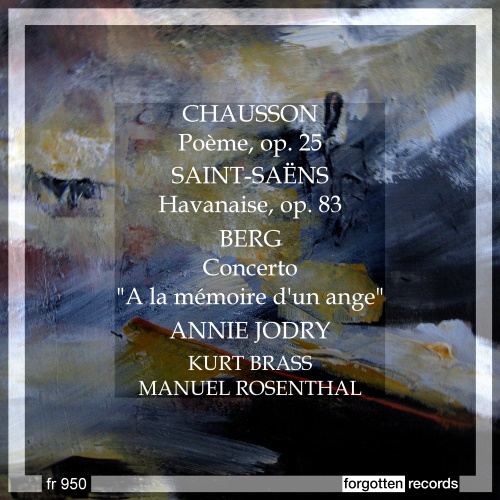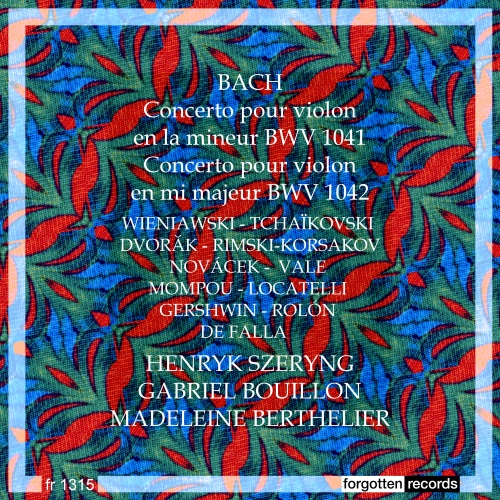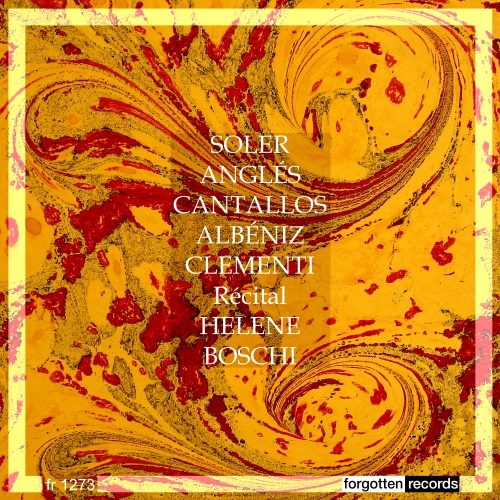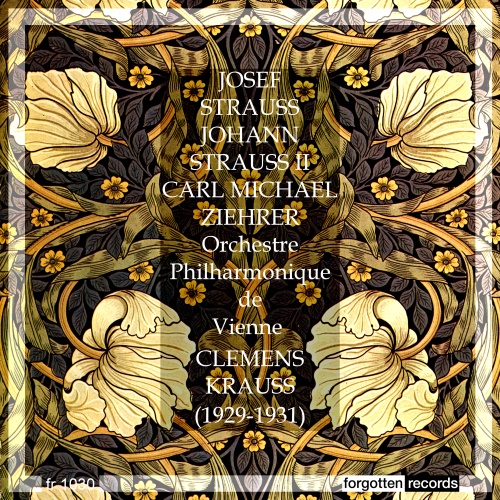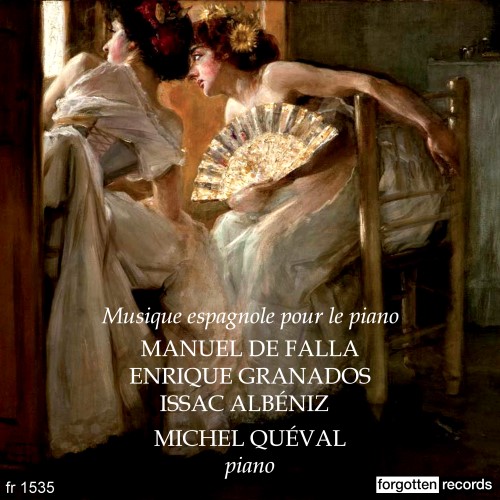Alfonso Ferrabosco the Elder (1543-1588) was an Italian composer who came to England around 1562 where he was nearly the only Italian in the country. A composer and son of Domenico Ferrabosco, he worked for Queen Elizabeth I, some say
Forgotten records
Ernest Chausson (1865-1899) studied under César Franck and Jules Massenet at the Paris Conservatoire. Sole living child of an affluent building contractor who had made his fortune in the redevelopment of Paris in the 1850s under Baron Haussmann, Chausson dabbled
What is a capriccio? It has its roots in late 16th-century Italy, where it was used to describe a set of madrigals by Jacquet de Berchem in 1561. According to Furetière in his Dictionnaire universel (1690), ‘Capriccios are pieces of
The problem for Liszt was how to expand the orchestral genre into something less confining than the symphony – 4 movements, alternating slow and fast, contrasting triple section. Sigh. It’s all so old. Ok, we have the concert overture, but
The Spanish-Catalan Baroque composer Antonio Soler (1729-1783), usually known as Padre Soler for his religious appointment, started his music study at age 6 at the school of the Monastery of Montserrat. By 1744 (age 15) was organist in La Seu
When we think of Austria and the Waltz, we think of the Strauss family (Johann, Johann II, Josef, and Eduard) but they didn’t hold the monopoly on waltz music in Vienna. Karl Michael Ziehrer (1843-1922) was one of their primary
Isaac Albéniz (1860-1909) joined with Enrique Granados and Manuel de Falla to bring Spain back into the international musical spotlight. The Spanish style they created came to define Spanish music – even being imitated by more than one French composer
Watching the Dancers In 1819 Carl Maria von Weber wrote a little not-dance piece, Aufforderung zum Tanz, for his bride Caroline. This work was important because it was the first work considered a concert-waltz, i.e., a waltz, but not one

